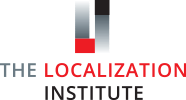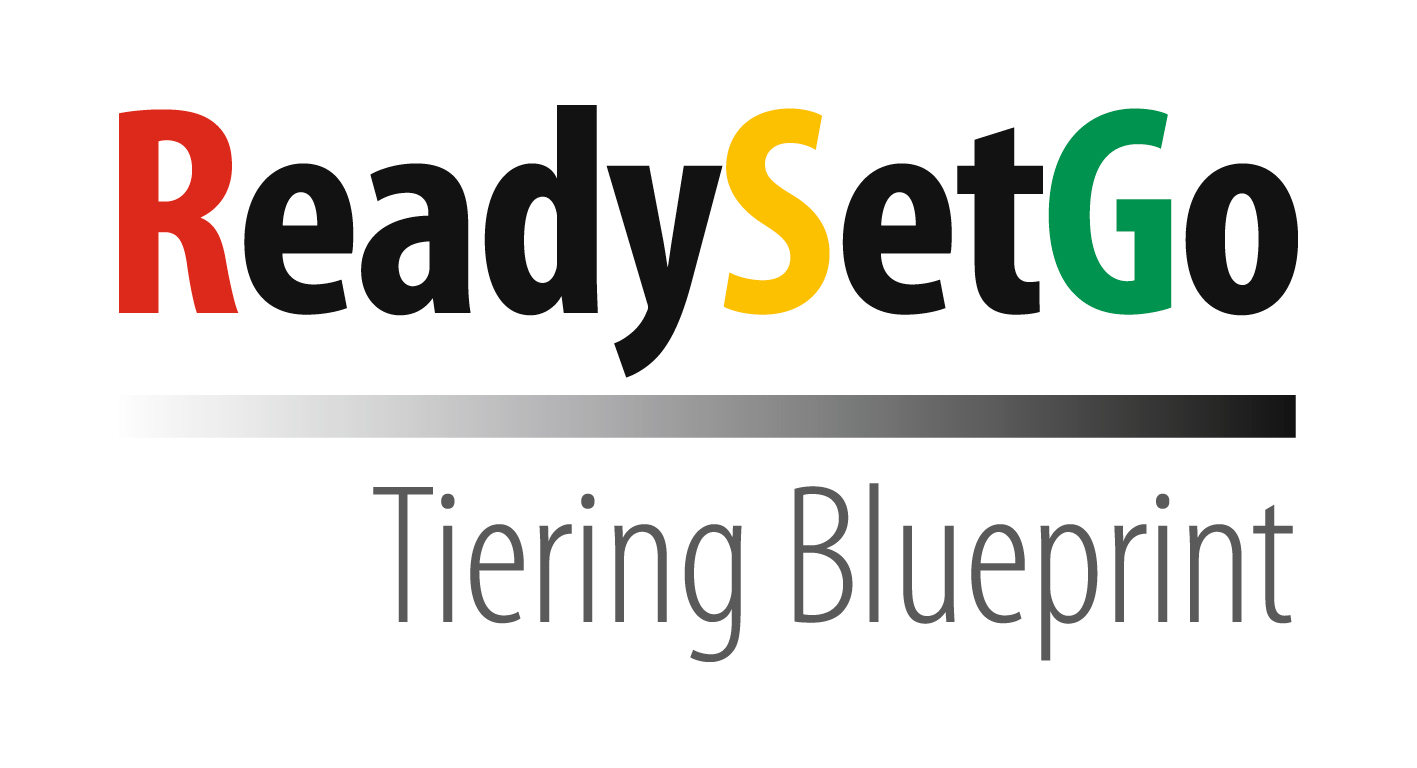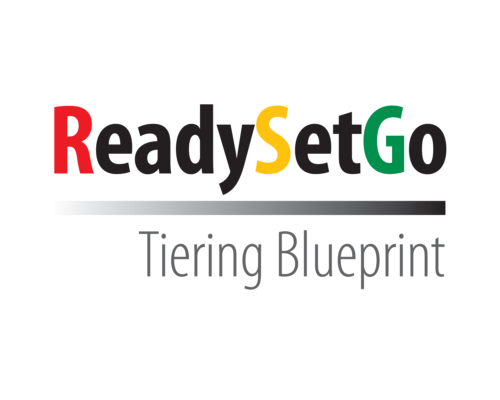The Time for Tiering Is NOW – Developing a Tiering Blueprint

We’ve all seen global operations moving more and more into the spotlight through several years of digital transformation and corporate growth initiatives. An avalanche of both content and new automated technologies has been vital in propelling corporate and international growth.
But, let’s pause for a minute. Is this still the direction of global businesses today? Market and customer demands are shifting. Corporate initiatives, too, are moving away from growth at all costs. Businesses are refocusing on efficiencies in the operations pipeline, more reliable processes, and redefinition of roles and workflows. Content hasn’t decreased and new technology integrations continue to be complex.
As a localization professional, readiness to pivot and build responsive localization operations is a key to both overall localization success and your success with global customers. How are your localization operations responding to corporate changes? Are roles in your localization organization shifting to respond to new corporate initiatives? Do your processes, workflows and technologies seem out of date or too manual-intensive?
If you haven’t yet stopped and thought through your ever-growing localization and resource challenges, now is the time to tune up operations and roles.
Many companies think about, and use, some form of tiering to manage their language sets. This tiering may be formal or informal. Why stop with just that first step of language set tiers? You could be providing even more efficiencies by extending the concepts of tiering to localization operations that are part of, or complement, basic language support.
Tiering is an extremely useful, and most often overlooked, methodology for on-going localization operations. When you take that next step beyond a concrete set of language tiers, you’ve already begun to fill out a blueprint for your localization operations.
As an example, your market support language tiering can inform how you can organize the levels of localization testing support that you provide for specific markets. You’ve already built a second tier and have your first blueprint!
The first step in localization tiering, once you have a foundation of language support, is to identify and prioritize the key organizational areas your localization team supports. Platform considerations can range across devices (computer, mobile, gaming, etc.) through operating systems.

After you have prioritized, you can turn your attention to those internal localization direct support operational areas that will benefit from a tiering blueprint. Examples of those functions are:
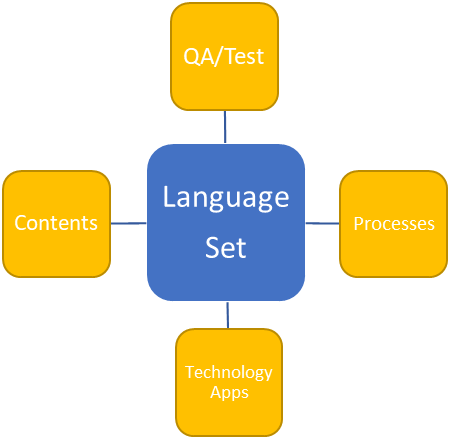
Using these two layers of guidance, let’s look at a simple tiering blueprint, or decision set.
GlobalE is a software company with a logistics product. GlobalE has customers in both commercial and governmental institutions worldwide. Rapidly changing market conditions and requirements from their customers drive GlobalE and its localization group to update to more optimized and automated operations. GlobalE uses both TMS and MT systems with manual processes driving the work. Their basic operation looks like this:
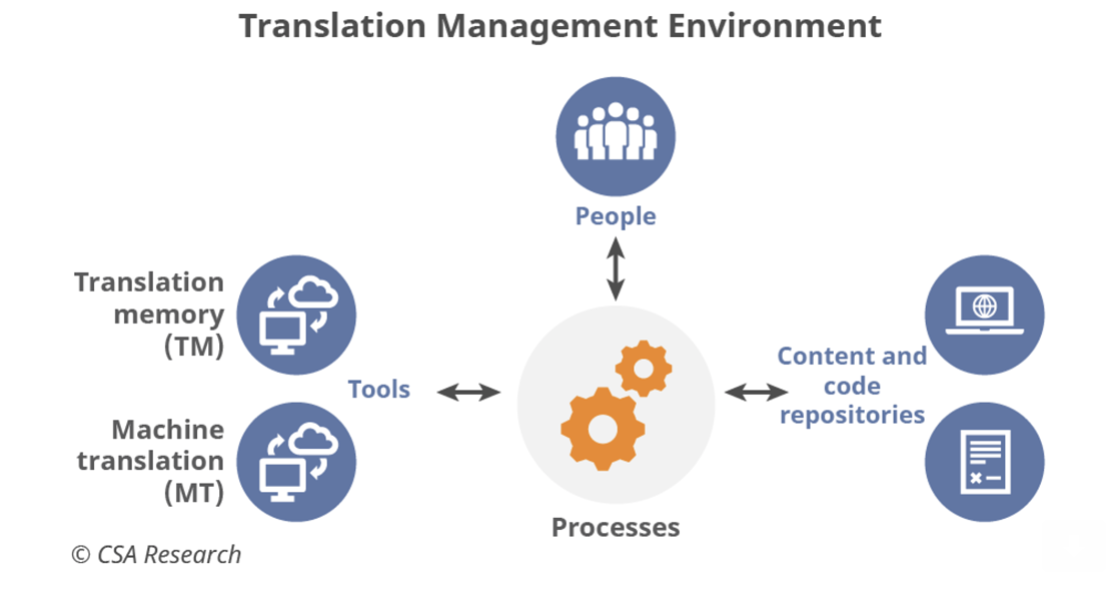
GlobalE now uses a tiering blueprint applied to workflows (processes) and technologies to more effectively streamline operations.
First Phase Technology/Process Blueprint:
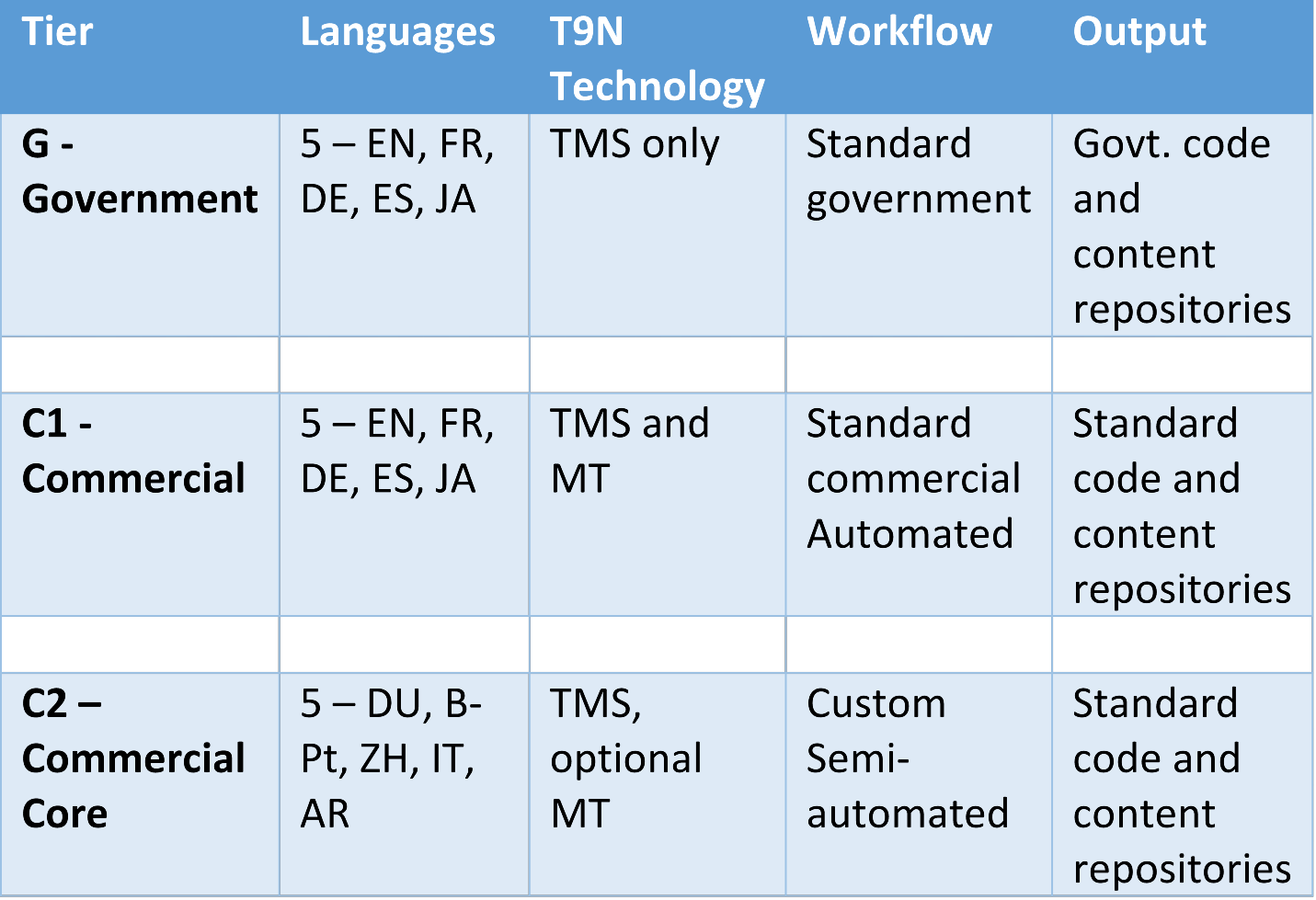
GlobalE has taken the first steps toward streamlining their operations to reflect their current business.
Using business baselines, tiering blueprints can effectively integrate tiers for areas of your localization operations such as:
- Content management – documents, strings, media, graphics, KB, etc.
- Localization tools/technology use
- Localization testing
- Customer touchpoints such as chat, training, video
- Processes and workflows
Tiering Blueprints fill in the puzzle pieces that affect localization operations. Starting with the puzzle frame — your company’s language strategy and its tiering, the use of tiering blueprints allows you to automate and streamline localization operations. Taken together, the tier “pieces” you select should enable a full puzzle picture and a concrete map for your localization efforts. Your total tier map, or completed puzzle, will assist you and your management in:
- rolling out more effective localization processes,
- managing overall messaging with your customers, and
- controlling spend across your markets.
And, most important, your tiering operations, when communicated to stakeholders, can provide the building blocks for your internal company partners to streamline as well. A win-win for all!
For an in-depth introduction to the communication tools, best practices, and examples of an overall tiering strategy, enroll in the Ready, Set, Go Tiering Blueprints class offered through the Localization Institute.
Disclaimer: Copyright © 2021 The Localization Institute. All rights reserved. This document and translations of it may be copied and furnished to others, and derivative works that comment on or otherwise explain it or assist in its implementation may be prepared, copied, published, and distributed, in whole or in part, without restriction of any kind, provided that the above copyright notice and this section are included on all such copies and derivative works. However, this document itself may not be modified in any way, including by removing the copyright notice or references to The Localization Institute, without the permission of the copyright owners. This document and the information contained herein is provided on an “AS IS” basis and THE LOCALIZATION INSTITUTE DISCLAIMS ALL WARRANTIES, EXPRESS OR IMPLIED, INCLUDING BUT NOT LIMITED TO ANY WARRANTY THAT THE USE OF THE INFORMATION HEREIN WILL NOT INFRINGE ANY OWNERSHIP RIGHTS OR ANY IMPLIED WARRANTIES OF MERCHANTABILITY OR FITNESS FOR A PARTICULAR PURPOSE.

